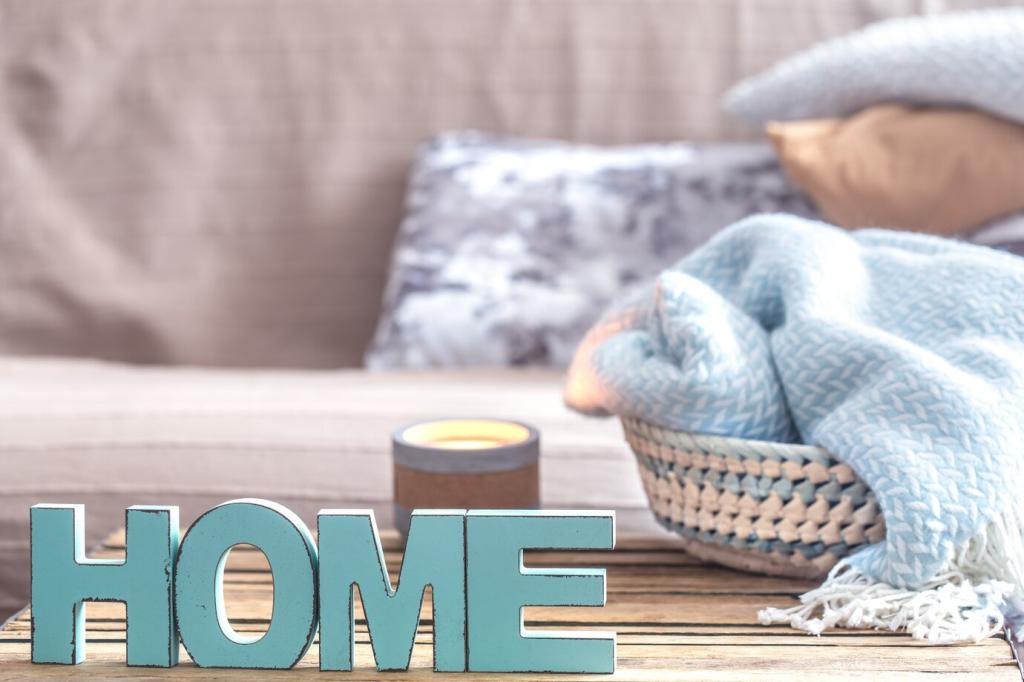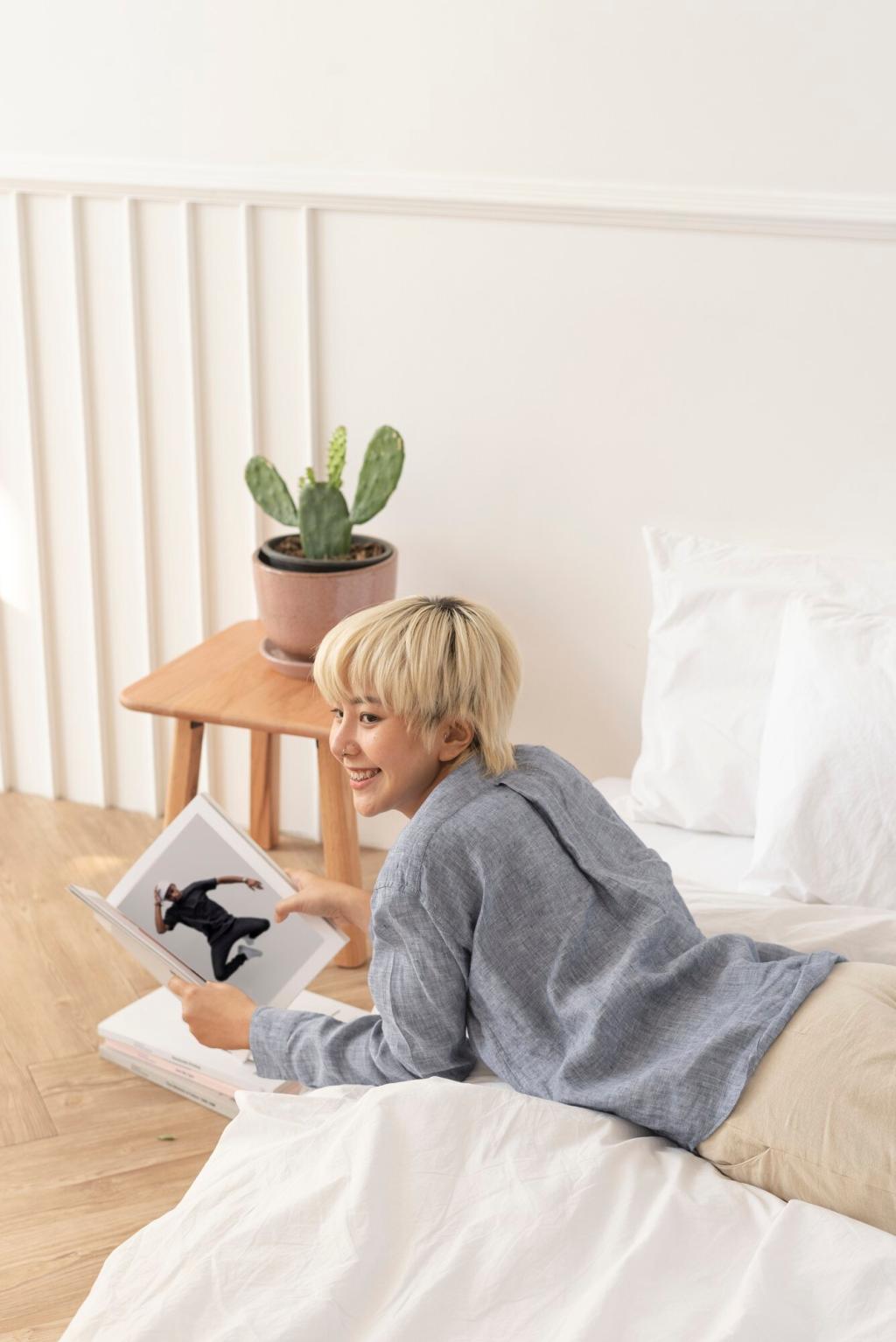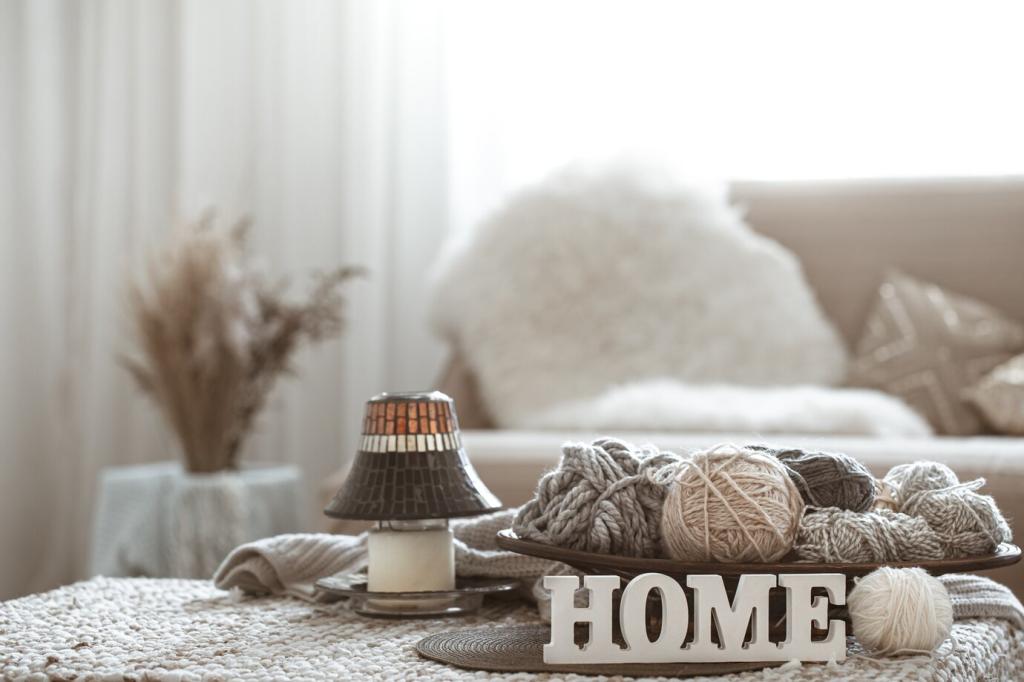The Tiny Minimalist Kitchen That Works
Group tools by task: prep, cook, clean. Keep counters nearly bare to accelerate every step. A magnetic strip replaces a bulky block, a rail replaces a drawer. When everything has a clear, reachable home, weeknight cooking becomes surprisingly joyful.
The Tiny Minimalist Kitchen That Works
Limit open shelves to daily-use essentials in a consistent palette—white plates, clear glasses, wood bowls. Store mismatched items behind doors. Dust less by keeping shelves shallow and edited. Share a photo of your most streamlined shelf for community feedback.








